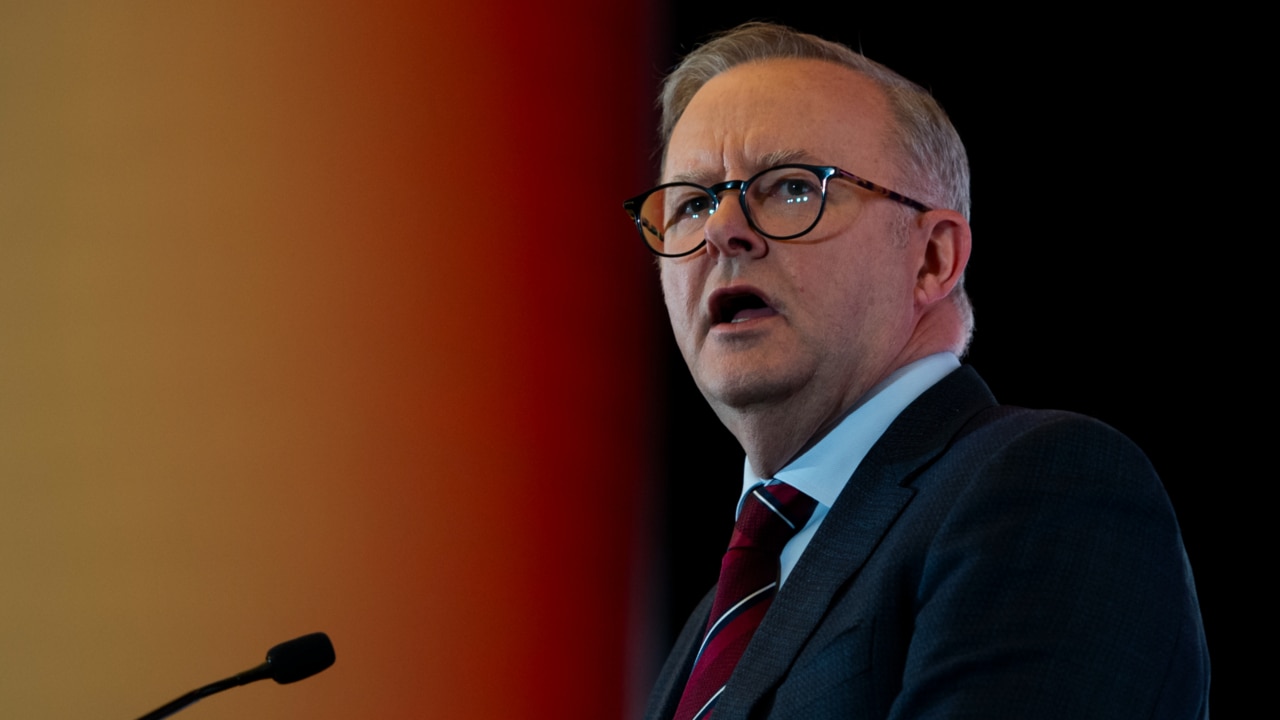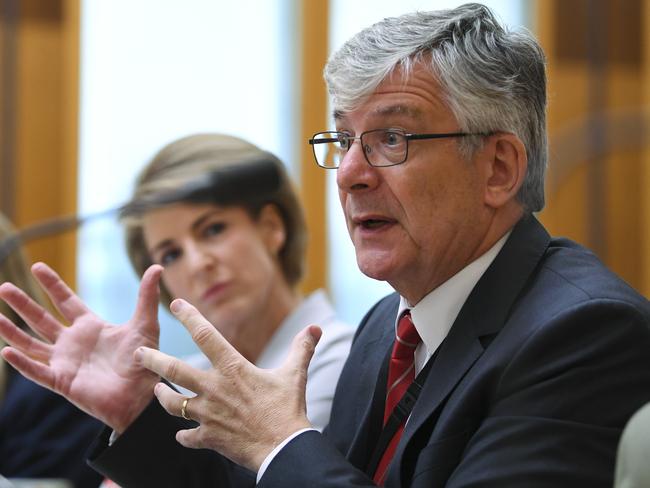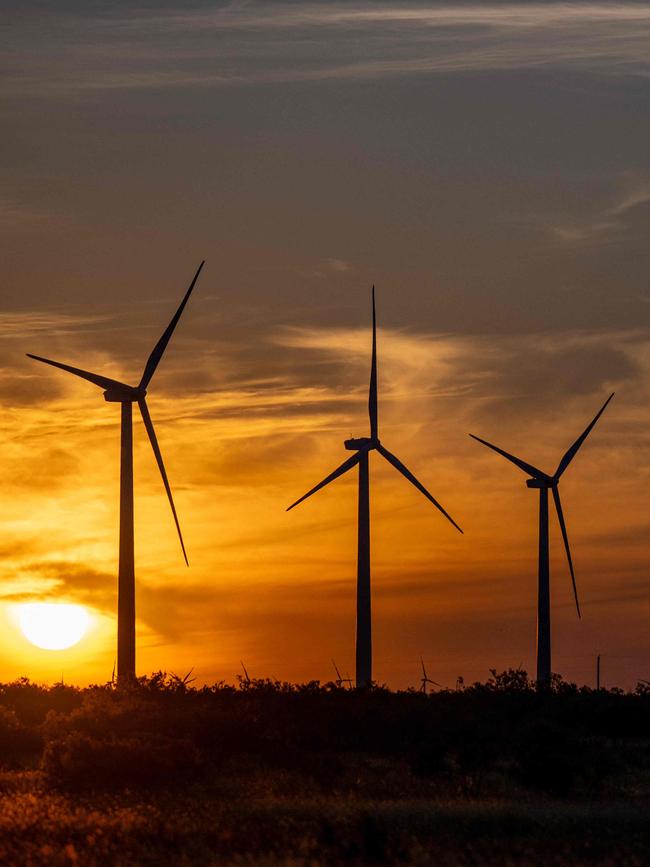Nuclear energy nations pay half as much as Australians on power bills
In countries where nuclear energy is powering the majority of their grid, households are saving a motza on power bills. See the comparison costs here.

NSW
Don't miss out on the headlines from NSW. Followed categories will be added to My News.
Energy prices will be the key to what is shaping up as a cost-of-living federal election, with nuclear power proponents eager to highlight overseas examples where electricity costs are less than half of Australian rates.
The Albanese Government has pushed back on the Coalition’s plans to build seven nuclear power plants in Australia due to the capital costs and 15-year build time, but experts on the technology have argued Labor cannot ignore current price differences to households abroad.
Former Australian Nuclear Science and Technology Organisation boss Adi Paterson said France, where nuclear makes up 66 per cent of the grid, French households paid 31 euros per megawatt hour or $49 Australian dollars as of July 11.
On the same day, the Australian system which relied on coal for 51 per cent of energy and 33 per cent from solar, households paid $105 per megawatt hour.
Dr Paterson said a US research paper comparing the cost to consumers of different energy sources showed the cost per megawatt hour for solar power went up by 40 times if the grid relied entirely on solar.
The same research — which analysed the grid in Germany and Texas because they had high levels of data available — showed if the grid was run entirely on wind power, the cost would go up 15 times.
Dr Paterson said the longer lifespan of a nuclear power plant offset would help to offset upfront capital costs compared to wind and solar.
“Nuclear power plants in France today will operate for at least 60 years and they are working with regulators to see if they can extend them for 80 years,” he said.
“By contrast, solar panels are guaranteed for 10 years and you can stretch them for 20 to 30 years but after that they are toast.”

Energy and cost of living are expected to become central issues of the next federal election, due by May 2025, with the Coalition confident its bold pitch to bring nuclear power to Australia will be a vote winner.
About 82 per cent of Australians are “concerned” about power prices, with more than 45 per cent “very concerned,” according to a Nielsen survey released in July.
Dr Paterson said the longer lifespan of a nuclear power plant offset would help to offset upfront capital costs compared to wind and solar.


The researchers also found more than 13 per cent of Australians have switched energy providers in the last year in an attempt to lower their bill.
Despite Labor’s election promise to deliver a $275 average saving on bills by next year based on 2021 prices, the cost for Australians has continued to rise even with Commonwealth subsidies for low-income households and small businesses.
Opposition leader Peter Dutton said the Coalition would announce further details of its plan to deliver seven nuclear plants, the first to be built by 2037, “in due course”.
“One thing is for sure: we are on an energy trainwreck under the Albanese Government - and only the Coalition can get us get back on track,” he said.
“That includes embracing zero emissions nuclear energy to set our country up for decades to come.”

Mr Dutton said under Labor, 90 per cent of Australia’s current baseload power would be “forced out of the system”.
“We want Australia to be a country where our grid works 24/7 and is not reliant on the whims of the weather,” he said.
But Climate Change and Energy Minister Chris Bowen has repeatedly pointed to comprehensive analysis in the CSIRO’s Gencost report, which found by 2030 electricity from a combination of solar and wind would be between $73 and $128 a megawatt hour.
This compared with large-scale nuclear at $141 to $233/MWh and $230 to $382/MWh for small modular reactors.
Speaking at the National Press Club last month Mr Bowen also ridiculed the Coalition’s attempt to sell nuclear as an immediate solution to the cost-of-living crisis when the first reactor was more than a decade away.
“Cost of living ... has to be the priority,” he said.
“But it’s not a priority if you’re saying we might give you cheaper power prices in 2040 when a nuclear power plant comes on.
“That is not a sensible response or reaction.”




